Tehran, striking Iran’s capital, is a city of contradictions with a modernistic approach and classical culture intermixed, while the ever-busy city is near the stunning snow-capped Alborz mountains. From exploring ancient bazaars and lavish palaces to quiet tea houses, located in alleys as contemporary art galleries, there are many amazing things to do in Tehran. Whatever architecture or food interests you or hospitality inspires you, Tehran is ideal for every traveller from anywhere in the world. Each street is known to evoke a tale while every neighbourhood fills the dynamic spirit of this unforgettable place with a colour of its own.
Top 15 Things To Do In Tehran
From exploring the royal palaces to vibrant bazaars and mountain escapes, here is a list of the top things to do in Tehran you shouldn’t miss.
1. Visit Golestan Palace
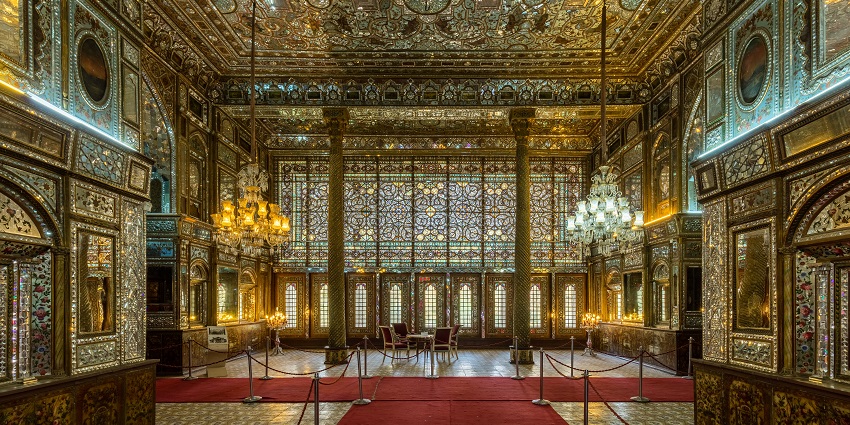
Photo: Diego Delso / Wikimedia Commons
Golestan Palace is a stunning reminder of Iran’s historical royal past. Located in central Tehran, this complex and grand building, along with the gardens, was once the residence of the great Qajar dynasty. Its richly decorated halls, mirrorwork, and stained glass are a dream for history and art lovers. Highlights at this place include the Marble Throne Hall, the Shams-ol-Emareh Tower and the famous Ethnology Museum. Visitors can stroll through serene courtyards that feel like a different place from the city’s chaos. It’s a must-visit stop for anyone wanting to understand and witness Iran’s royal history and architectural beauty.
Location: Panzdah-e-Khordad St, Tehran
Suggested Read: Top Airports In Iran For Bridging The Best Destinations Together
2. Shop At The Tehran Grand Bazaar
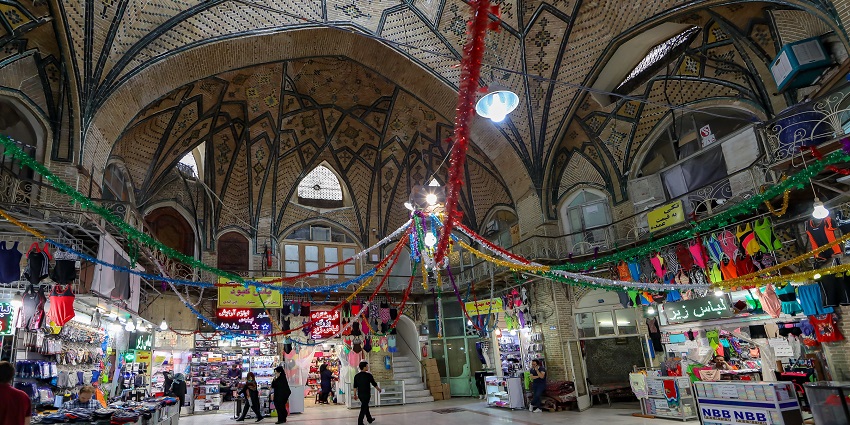
Photo: Ninara / Wikimedia Commons
The Tehran Grand Bazaar is more than just a market, it’s a cultural experience. The bazaar is a labyrinth of narrow alleys filled with shops selling carpets, spices, jewellery, antiques, and household goods. It’s a great place to haggle, grab a bite of tahchin or kebab from local eateries, and soak up centuries-old commercial traditions. The architecture varies from classic Persian vaults to modern renovations. Exploring this bazaar is one of the best things to do in Tehran, as you get a chance to interact with the locals and get a glimpse of the authentic culture of the region.
Location: District 12, near Panzdah-e-Khordad Metro Station
3. Visit Milad Tower
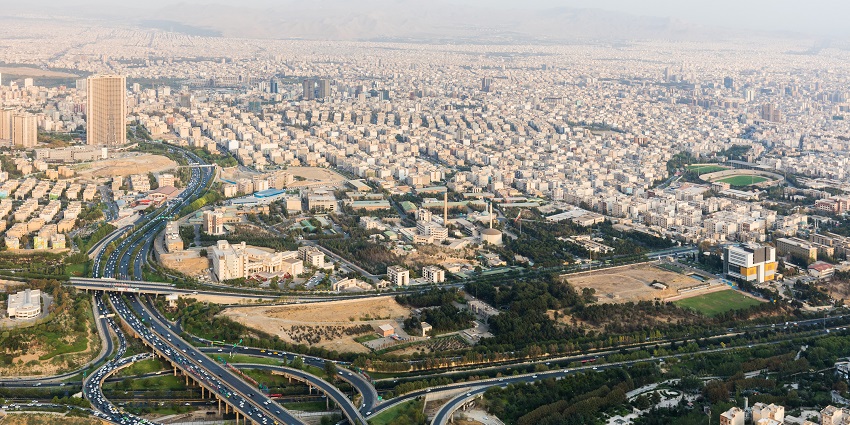
Photo: Diego Delso / Wikimedia Commons / Image For Representation Only
Standing 435 meters tall, Milad Tower is the sixth-tallest tower in the world and a modern symbol of Tehran. It offers a 360-degree view of the city on clear days, you can see the Alborz Mountains and beyond. The tower features an observation deck, sky dome, art gallery, and a revolving restaurant at the top. It’s a great place to watch the sunset or dine with a view. The complex also includes exhibition centres and souvenir shops, making it a full-day activity for families or solo travellers alike.
Location: Between Districts 2 and 5, near Hemmat Expressway
Suggested Read: Popular Malls In Iran
4. Explore The National Museum Of Iran

Photo: Ondřej Žváček / Wikimedia Commons
The National Museum is a must for history lovers. It houses thousands of years’ worth of artefacts from the Persian Empire, dating back to the prehistoric, Achaemenid, Parthian, and Sassanid eras. From ancient pottery to massive stone carvings and beautifully preserved manuscripts, the exhibits tell Iran’s story through the ages. The museum is split into two buildings one for ancient history and one for Islamic art. English descriptions are available, and it’s a great stop before heading to other historical sites.
Location: 30 Tir Street, Tehran
5. Visit Darband
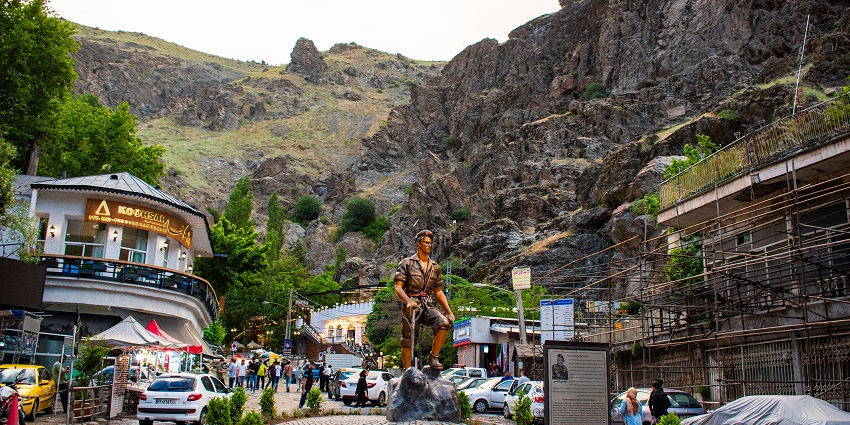
Photo: ZarlokX / Wikimedia Commons
Visiting Darband one of the serene things to do in Tehran. It offers a peaceful escape from the city’s noise, tucked into the Alborz Mountains on Tehran’s northern edge. It’s a mix of hiking trails, small rivers, cafes, and food stalls that serve fresh grilled corn, ash reshteh, and kebabs. You don’t need to be a hiker to enjoy Darband; many people just come for the scenery and food. The walk uphill along the stream, with colourful seating areas and traditional music playing in the background, makes for a memorable experience. It’s especially refreshing in the summer months.
Location: Northern Tehran, accessible via Tajrish Square
Suggested Read: Unmissable Festivals In Iran That Tell A Story
6. Explore Sa’dabad Complex
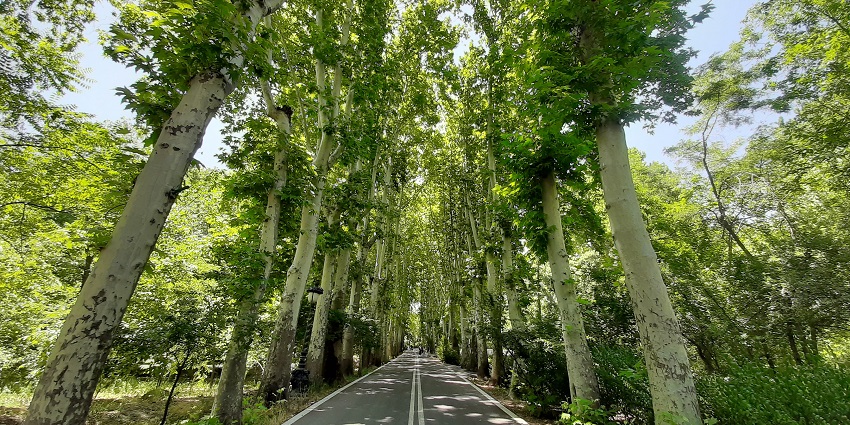
Photo: ImanFakhri / Wikimedia Commons
The Sa’dabad Complex is an estate located to the north of Tehran which contains magnificent royal palaces, splendid gardens, as well as several modern-day museums. It was used as a summer retreat by the Qajar and Pahlavi empires and currently contains over 12 museums. Amongst the many palaces, The White Palace is a must-see; it is known for its massive polished marble staircases and vintage-styled furniture. The Green Palace is also one of the favourites, but the lavish work done by mirrors is what makes it so special. You can walk for many hours in the calm, quiet gardens, which allows you to combine cultural education with relaxation.
Location: Darband Street, north Tehran
7. Visit The Treasury of National Jewels
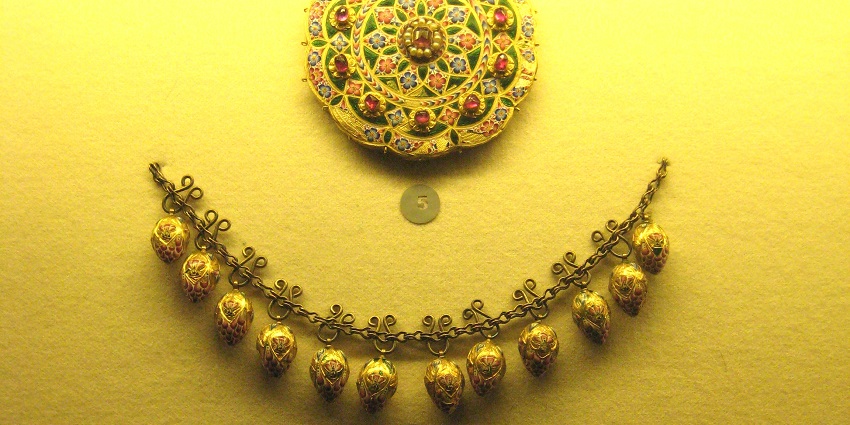
Photo: hakko / Wikimedia Commons / Image For Representation Only
Hidden in a secure vault beneath the Central Bank of Iran, exploring the Treasury of National Jewels is one of the best things to do in Tehran. The collection includes the Darya-i-Noor (Sea of Light), one of the largest pink diamonds ever found, and the extravagant Peacock Throne used by Persian monarchs. Each piece reflects Iran’s royal extravagance and craftsmanship. The security is tight, and photography is prohibited, but the visual impact stays with you. Guided tours are available and helpful in understanding the significance of each item.
Location: Ferdowsi Ave., Central Bank of Iran
Suggested Read: Monuments In Iran
8. Unwind At Laleh Park

Photo: ZarlokX / Wikimedia Commons
Laleh Park is one of Tehran’s most peaceful urban escapes. With tree-lined paths, fountains, rose gardens, and sports courts, it’s a popular spot for locals to walk, relax, or picnic. Artists sometimes set up easels here, and families often gather for quiet afternoons. The park is also close to both the Carpet Museum and the Tehran Museum of Contemporary Art, so it makes for a nice nature break in between sightseeing. It’s a great place to enjoy Tehran’s slower, more reflective side.
Location: Fatemi Street, central Tehran
9. Explore Tehran Museum Of Contemporary Art
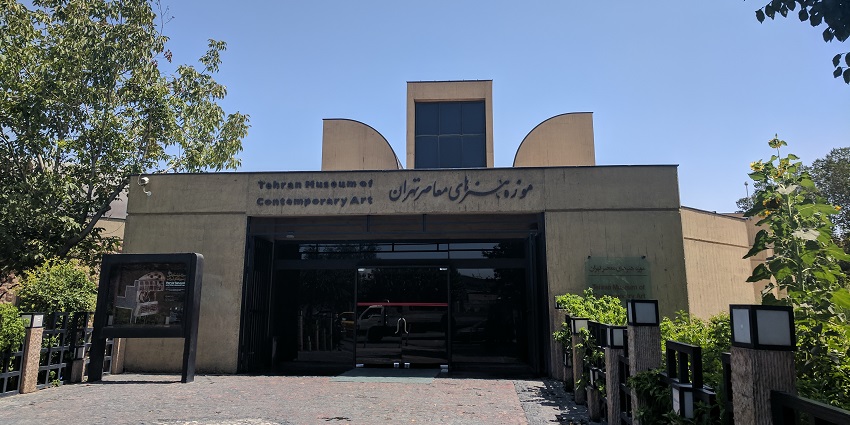
Photo: Farzaneh / Wikimedia Commons
Visiting the Tehran Museum Of Contemporary Art, is one of the top things to do in Tehran. This museum is a cultural treasure, often called one of the best modern art collections outside Europe and the U.S. It houses works by Western legends like Picasso, Van Gogh, Warhol, and Rothko alongside groundbreaking Iranian artists. The architecture of the museum is striking in itself, inspired by traditional Persian wind towers. Temporary exhibits are also held throughout the year, making every visit a bit different. If you’re into visual art or want to explore Iran’s creative scene, this museum is a must.
Location: Near Laleh Park, Kargar Shomali St.
Suggested Read: Tehran Historical Places
10. Visit Tajrish Bazaar And Imamzadeh Saleh Shrine
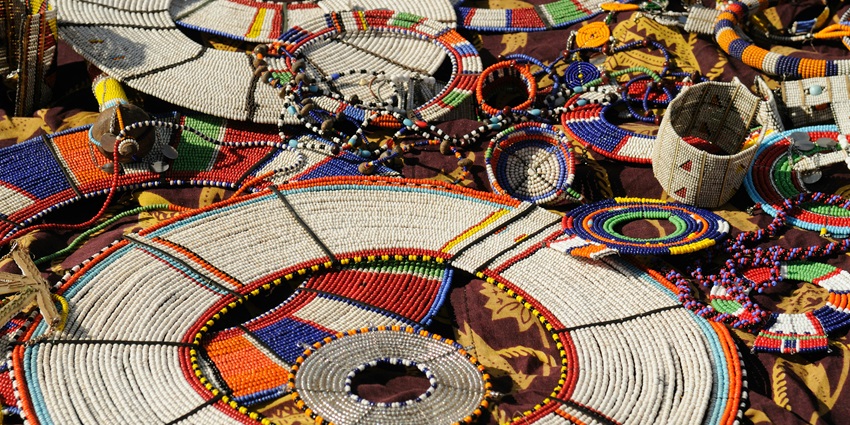
Photo: Richard Goggin / Unsplash / Image For Representation Only
Located in Tehran’s cooler northern district, Tajrish offers a more relaxed alternative to the Grand Bazaar. The bazaar is a popular and clean area with vendors selling everything from spices and sweets to handicrafts and souvenirs. Just next to it sits the beautiful Imamzadeh Saleh Shrine, with its turquoise-tiled dome and peaceful courtyard. This area is perfect for sampling Persian street food, chatting with friendly shopkeepers, and enjoying a slower pace. It blends spiritual calm with everyday life, making it a unique stop.
Location: Tajrish Square, Shemiran
11. Niavaran Cultural Historical Complex
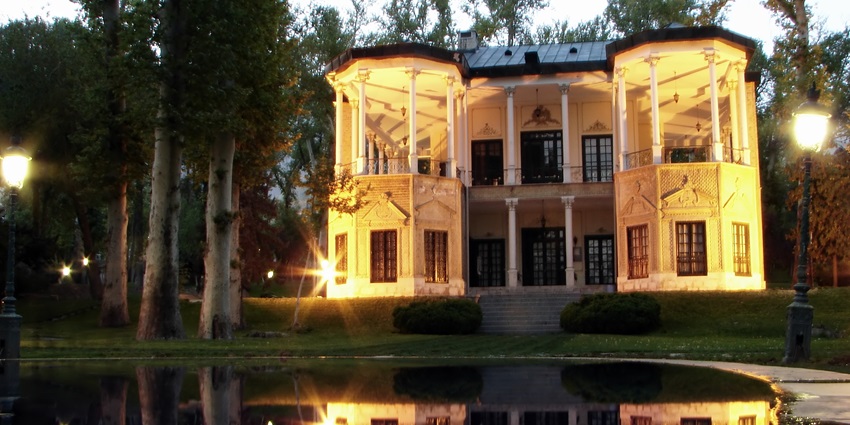
Photo: Ahmad Shah’s Pavilion / Wikimedia Commons
Niavaran Palace, situated within the Niavaran Garden Complex, is an architectural marvel spanning across an area of 11 hectares of lush gardens and royal buildings. It was founded in the late 18th century by Fath‑Ali Shah and holds historical and cultural significance. One of the top Tehran attractions, the Niavaran Cultural Historical Complex is helmed with Persian and modern architecture. Whether you are an art enthusiast, a literature buff or a nature lover, visiting the Niavaran Cultural Historical Complex will tick off all your boxes.
Location: Shemiran, Niavaran Square, Bahonar Street, Tehran, Iran
Suggested Read: Profound Islamic Historical Places In Iraq To Explore During Your Visit
12. Iran Holy Defense Museum
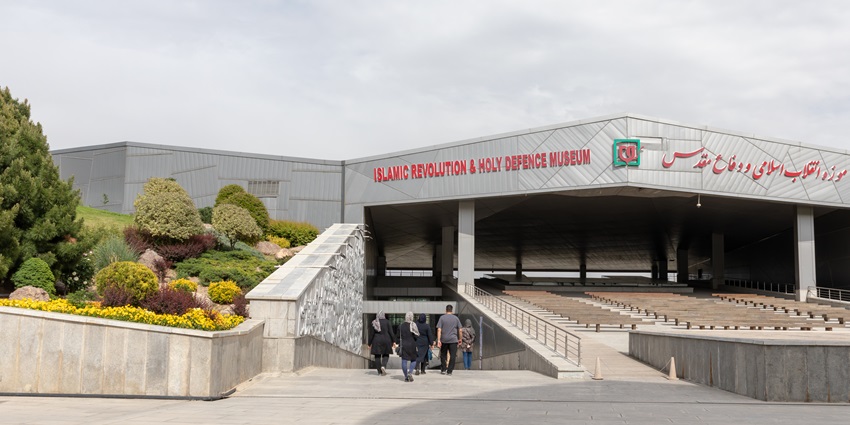
Photo: Ninara / Wikimedia Commons
A tribute to the Iran-Iraq War, the Iran Holy Defense Museum is an ancient jewel and one of the most immersive things to see in Tehran. Here, you can witness interactive exhibition halls, the outdoor memorial grounds, a library, the tomb of the unknown soldiers, and more. There’s also a reflective lake with musical fountains and laser-light shows, projecting martyrs’ images at night. The Iran Holy Defense Museum is a must-visit for history enthusiasts or anyone seeking a deeper cultural perspective on Tehran.
Location: Sarv St, Haqqani Highway, Vanak Square, Abbas Abad District, Tehran, Iran
13. Qasr Garden Museum
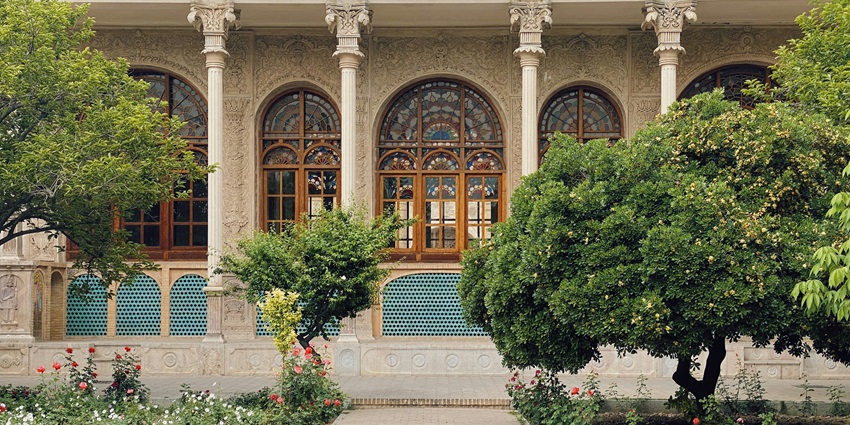
Photo: Manou Azadi / Unsplash / Image For Representation Only
Visiting Qasr Garden Museum, sprawling across 18 – 24 hectares, is one of the best things to do in Tehran. Originally built in 1790 by order of Fath‑Ali Shah Qajar, the site was once a grand Qajar palace with elaborate gardens. By 1929, it was transformed into Qasr Prison, the nation’s first modern detention centre designed by Russian architect Nikolai Markov. Here, you can walk through the lush gardens, explore the political prison zone, visit the Markov Museum, and witness themed displays and exhibitions.
Location: No. 108, Qaem Maqam Farahani Highway, Tehran, Iran
Suggested Read: Airports In Iraq
14. Azadi Tower
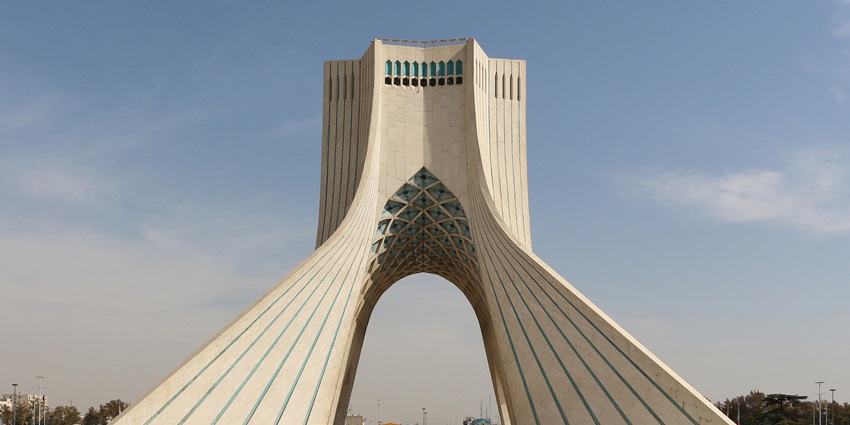
Photo: Bernard Gagnon / Wikimedia Commons
If you are wondering what to do in Tehran? You should visit the iconic Azadi Tower. Elegantly nestled in the Azadi Square, the tower is an architectural gem, designed by a young 24‑year‑old Iranian‑Canadian architect, Hossein Amanat. Located on the main route from Mehrabad Airport, one of the top airports in Iran, the tower has welcomed diplomats, travellers and remains an astonishing platform for national events. Here, you can explore an underground museum, cultural halls, an observation deck, and more.
Location: Azadi Square (Meydan-e Azadi), District 9, Tehran, Iran
15. Palladium Mall
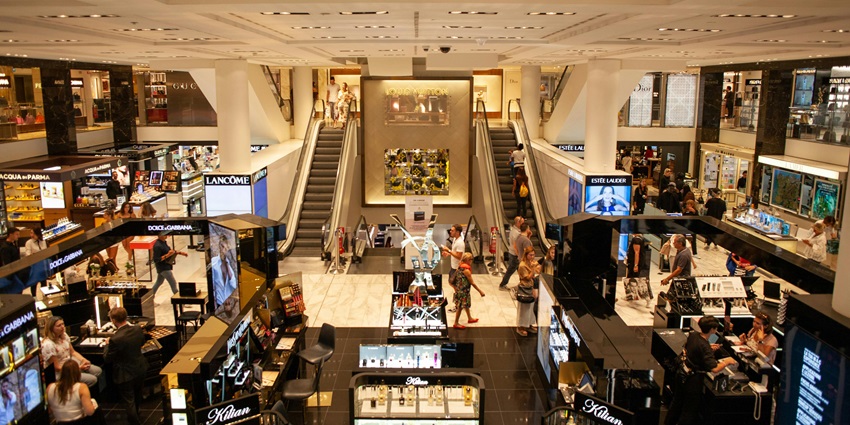
Photo: Tuur Tisseghem / Pexels / Image For Representation Only
Palladium Mall, one of the top malls in Iran, is a hub for shopping enthusiasts. It is a hotspot for shopping, dining, entertainment, wellness, and even workspace. One of the top things to do in Tehran is to explore this mall for some retail therapy. Here, you can explore shops, cafés, fitness facilities, a library, offices, a hypermarket, kids’ zones, and more. The Palladium Mall is also an excellent spot for food lovers as they can satisfy their cravings with Persian cuisine, including specialities like Italian, seafood, Turkish, and vegan options.
Location: Moqadas Ardabili Street, Zafaraniyeh, District 1, Tehran, Iran
Suggested Read: Best Iraq Mosques To Plan Your Next Religious Visit
Tehran is a city where tradition and modernity beautifully collide. From ancient palaces and bustling bazaars to mountain trails and contemporary art museums, the city offers a rich mix of experiences for every kind of traveller. Whether you’re exploring its royal history, savouring local flavours, or just soaking in the skyline from a tower, there are many exciting things to do in Tehran. Plan your trip with TripXL now and uncover the true heart of Iran’s capital.
Cover Photo: Telluride / Wikimedia Commons


 WhatsApp
WhatsApp
 Twitter
Twitter









